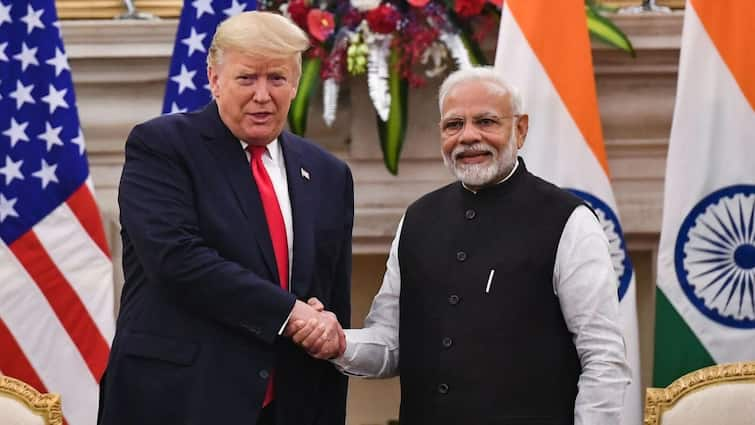Us baseline tariff: The future of 10% baseline tariffs imposed on imports from all countries on April 2 by the Trump administration has now become the focal point of negotiations deciding the initial outline of the Indo-US trade agreement. According to experts associated with the case, this issue is being raised prominently in the ongoing conversation between New Delhi and Washington.
India objected to objection, demand to remove tariffs from America
According to sources associated with the negotiations, Indian negotiaters have demanded from the US side that not only 10% of the baseline tariffs should be removed, but also the proposed 16% additional fee from July 9 should not be applied. India’s attitude is clear that if America does not remove this fee, it will also have the right to continue the counter tariff equally on American goods.
Fifth round conversation is going on in Delhi
On June 4, a high -level delegation led by US trade representative Brendon Lynch reached Delhi. This is the fifth face to face between the two countries on this issue. This team will now remain in Delhi till June 10, whereas earlier it was described as a journey of only two days.
“Tariffs should be removed together from both sides”
A senior official said, “The ideal situation will be that as soon as there is an interim agreement, 10% baseline tariffs applied to Indian goods and 16% fees from July 9 should be abolished together. Otherwise India will also have the right to continue a total tariff on America’s goods.”
Modi-Trump’s joint announcement referred to
The meeting between Prime Minister Narendra Modi and US President Donald Trump in Washington on 13 February and a shared statement emphasized the need for ‘Mutual Beneficial’ and ‘Fair Trade Terms’. In this sequence, under ‘Mission 500’, a target has been set to bring bilateral trade to $ 500 billion by the year 2030.
“Equality, balance and public acceptance is necessary”
Another official associated with the talks said, “Both countries are sovereign – one oldest democracy and the second largest democracy. America is the largest economy and India is the fastest growing economy. In such a situation, any agreement should be balanced, justified and acceptable for people.”
India has also indicated that it is ready to open its market for American goods, provided America also respond in equal way. An official said, “Our business is mutually complementary, not competitive.”
India objected to America-UK deal
Citing Britain’s experience, India made it clear that it will not adopt any model in which tariffs remain. Britain got some exemption in the ‘Economic Prosperity Deal’ (EPD) received from the US, but 10% baseline tariff is still applicable.
Deal race before July 9
The two countries want to finalize an ‘Early Harvest Deal’ before July 9, so that the large tariff can be relieved before it is implemented. After this, work on full bilateral trade agreement (BTA) is likely to be completed by September-October 2025.
Goyal’s visit to America was also important
During this period, India’s Commerce and Industry Minister Piyush Goyal also lived in the US from 17 to 22 May, where he held important meetings with his counterpart US Commerce Secretary Howard Lutnik and US Trade Representative Jamison Greece. The impact of these meetings is now clearly visible in the ongoing conversation in Delhi.

